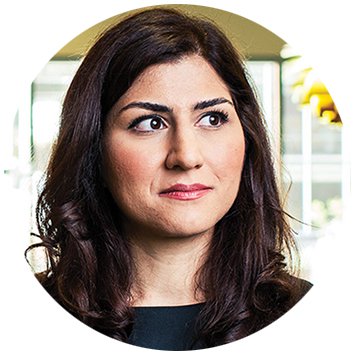Biotechnology & medicine
Maryam Shanechi
Using control theory to build better interfaces to the brain.
Portrait by David Lauridsen
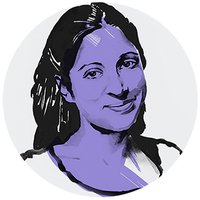
Global
Rumi Chunara
Crucial information about disease outbreaks can be gleaned earlier.
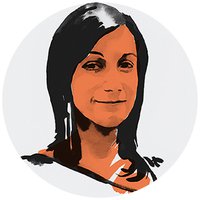
Global
Maria Nunes Pereira
Patching holes in the hearts of sick infants.
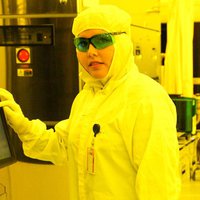
Latin America
Karen Torrejon
Her platform recreates the eye´s physiological processes to test new drugs against glaucoma
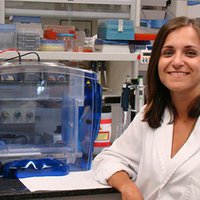
Europe
Judit Cubedo
A protein for early diagnose of heart attacks
